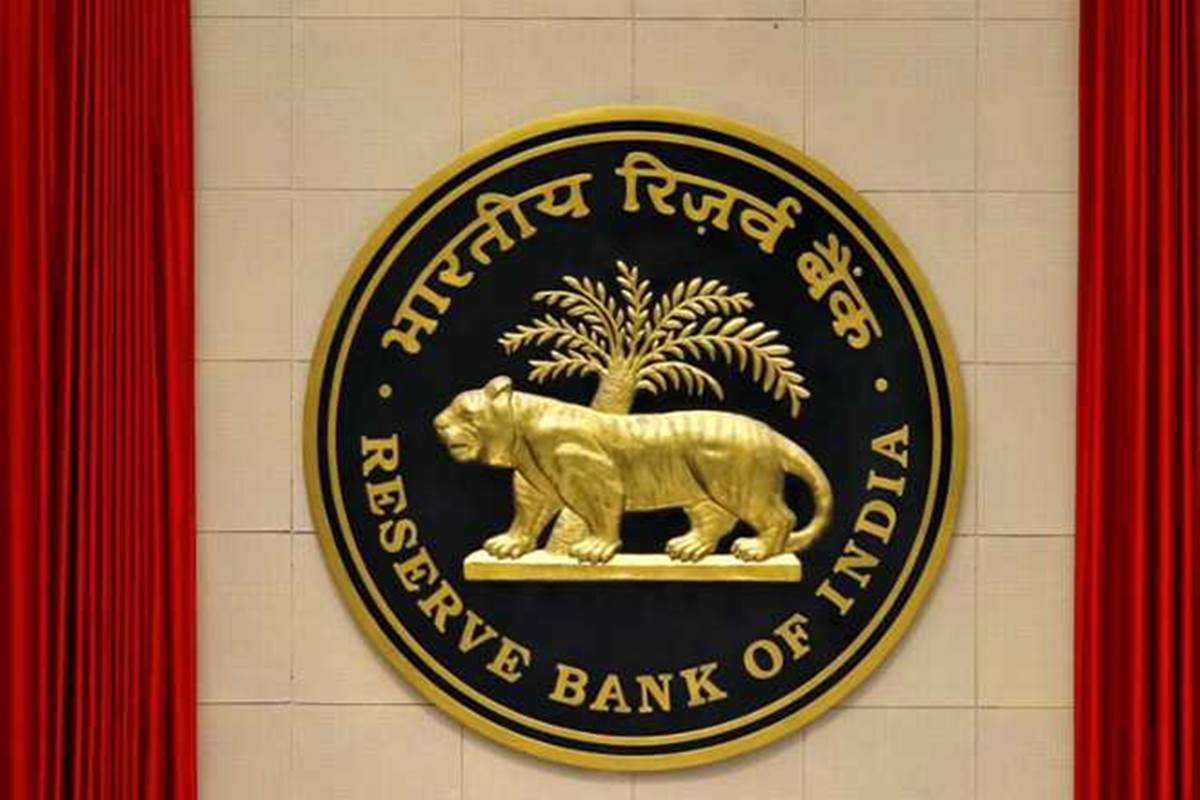NEWS
RBI resuscitates NBFCs through LTROs
NBFCs and housing finance firms are major beneficiaries of RBI’s long-term repo operations; their funding flow was impacted after IL&FS and DHFL ran into trouble.
NBFCs and housing finance firms are major beneficiaries of RBI’s long-term repo operations; their funding flow was impacted after IL&FS and DHFL ran into trouble.

The Reserve Bank of India’s long-term repo operations (LTRO) helped resuscitate the non-banking financial companies (NBFCs) and housing finance companies that had run out of funds in the aftermath of the Covid-19 pandemic.
Banks had turned cautious after IL&FS and Dewan Housing Finance Corporation Ltd (DHFL) ran into financial trouble and defaulted on their repayments. This pushed the market borrowings of the NBFCs down to a trickle.
NBFCs and housing finance companies, however, were the major beneficiaries by getting 82.2% of the funds through the RBI’s LTROs. NBFCs absorbed Rs 61,586 crore of the total money RBI lent through this special window, according to the RBI’s latest bulletin released on Tuesday.
RBI allotted Rs 1,00,050 crore under TLTRO 1.0. In the TLTRO 2.0 which was announced on 17 April 2020 and which sought to address liquidity constraints faced by small and mid-sized corporates including NBFCs and microfinance institutions, (MFIs), Rs 50,000 crore was to be made available at policy repo rate for tenors up to three years.
Under TLTRO 1.0 which was announced on 27 March 2020, the RBI conducted four auctions in tranches of Rs 25,000 crore each, amounting to a total of Rs 1,00,000 crore. The tenor was up to three years at a floating rate linked to the policy repo rate.
In the first tranche, total bids received amounted to Rs 12,850 crore, with a bid to cover ratio of 0.54. Subsequently, on 9 October, the RBI announced the commencement of on-tap TLTRO of up to three years tenor for a total amount of up to Rs 1,00,000 crore at a floating rate linked to the policy repo rate to revive economic activity in certain important sectors like agriculture, micro, small and medium enterprises (MSMEs) and secured retail. This has been extended until 31 December 2021.
Under LTROs, the RBI provides longer-term loans usually of 1-3 year maturity to banks at a floating rate linked to the policy repo rate on the back of government securities as collateral. This enables banks to lend more to the real economy. When Covid-19 struck, the RBI introduced TLTRO to provide targeted liquidity to sectors and entities experiencing liquidity constraints and restricted market access due to the pandemic.
As NBFCs are not privy to borrowing from the central bank, the RBI and the government took calibrated measures to facilitate flow of funds to the sector. To restore overall financial stability, the TLTROs were kept open for NBFCs as well.
Banks are the second-largest source of funding for NBFCs, after debentures. Following the IL&FS episode, NBFCs’ reliance on bank borrowings increased compared to market borrowings and they also started changing their borrowing mix by swapping short-term borrowing for longer-term borrowings to better manage their asset-liability profiles. While growth in bank lending to NBFCs was on a path of deceleration, it contracted in September 2020 after the onslaught of Covid-19 in line with a decline in lending by the dominant player – public sector banks.
In May 2019, public sector banks had lend 38.5% of their funds to the NBFCs. This, however, trickled down to 15.30% in September 2020.
